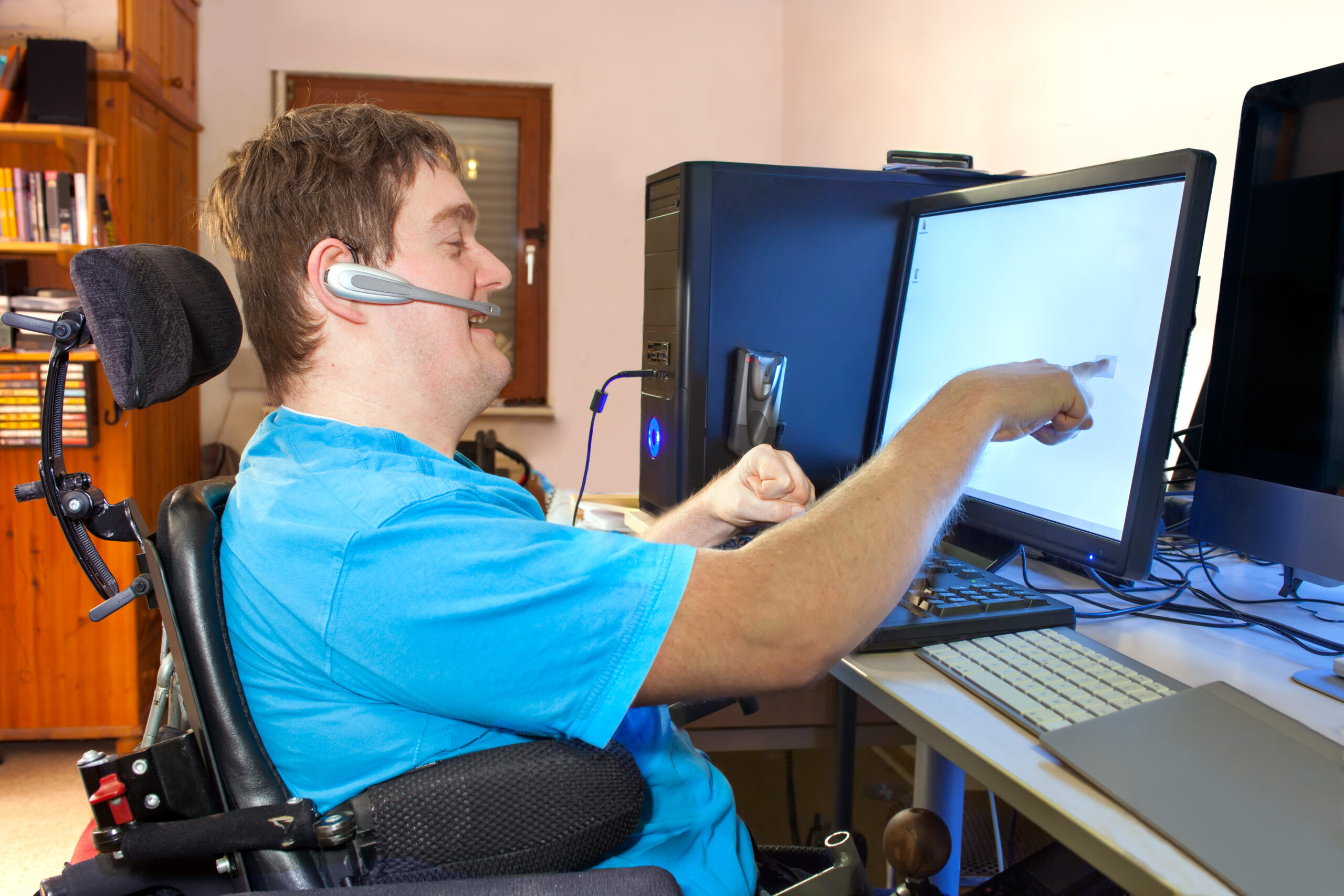Communication is fundamental to our everyday lives. Whether it’s expressing our thoughts, needs, or emotions, the ability to communicate effectively plays a crucial role in our personal and professional interactions. However, for some individuals, communication is not as straightforward due to what is known as Complex Communication Needs (CCN). In Speech Pathology Week 2024, we are celebrating all the different ways that people communicate and shining a light on CCN.
What are Complex Communication Needs?
Complex Communication Needs refer to challenges or barriers that prevent individuals from communicating effectively using traditional methods. These challenges can arise from various conditions or disabilities, such as:
- Intellectual disabilities: Difficulty processing and understanding language.
- Autism spectrum disorders: Challenges in social communication and interaction.
- Physical disabilities: Motor impairments affecting speech or gestures.
- Acquired brain injuries: Loss of communication abilities due to injury or trauma.
How Does CCN Affect Communication?
People with complex communication needs may have difficulty with:
- Speech: Some individuals may not be able to speak at all, or may have problems making their speech clear enough for other people to understand.
- Comprehension: Understanding spoken or written language can be challenging.
- Expression: Difficulty expressing thoughts, feelings, and needs in a way that is specific and efficient.
- Social communication: Challenges in all the social aspects of communication, including non-verbal (e.g., eye contact, body language) and verbal (e.g., knowing how to start or end a conversation, knowing what topics to talk about, asking questions).
In Australia, an estimated 1.2 million Australians have communication support needs.
Communication Supports for a person with Complex Communication Needs
Augmentative and Alternative Communication (AAC) is a term we use to encompass tools and strategies that enable a person with CCN to communicate more effectively. AAC can be used at the same time as verbal communication (“augmentative”) or instead of verbal communication (“alternative”). AAC supports can range from gesture, to simple picture boards, to high-tech devices with synthesized speech.
The Importance of Accessibility and Inclusion
In Australia, there is a growing recognition of the importance of accessibility and inclusion for individuals with CCN. Access to appropriate communication supports and technologies not only enhances quality of life but also promotes independence and participation in society.
Advocacy and Awareness
Raising awareness about CCN is crucial in fostering understanding and empathy within communities. By promoting inclusive practices and advocating for accessible communication tools, we can break down barriers and ensure that everyone has a voice.
Conclusion
Understanding Complex Communication Needs is about recognising that communication is a basic human right. It’s about empowering individuals with diverse abilities to express themselves and participate fully in society. By embracing diversity and providing support, we can create a more inclusive and accessible environment for all Australians.
Whether you know someone with CCN or are simply interested in learning more, awareness and education are key steps towards building a more inclusive society where everyone’s voice is heard and valued.



